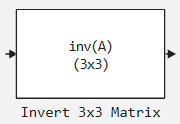What’s new in 25.10
Date of the release: October 2025
 User experience
User experience
 Updated the feedback form
Updated the feedback form
The behavior of the feedback form regarding the selection of tags has been optimized, there are more of them, and the selection field itself is automatically hidden. Now the user can create requests with their "wishlist" much faster.
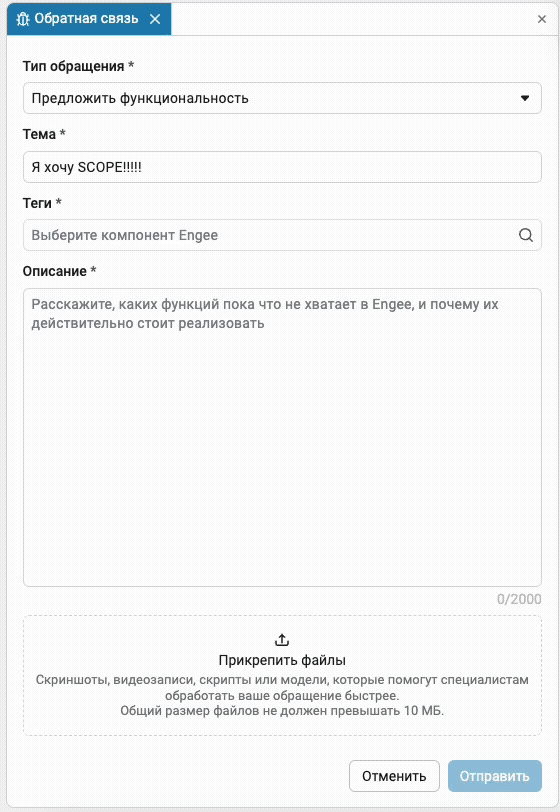
 Direct launch of Engee applications from the command line
Direct launch of Engee applications from the command line
Previously from command line  with the help program management The user received a link for launching the application. Now there is a new mode for calling user applications. When adding an attribute
with the help program management The user received a link for launching the application. Now there is a new mode for calling user applications. When adding an attribute open_url=true in the application launch bar, we get a new behavior mode: the application opens automatically in a separate window. Now you can add the app launch by clicking on the button. masks of the block, for example:
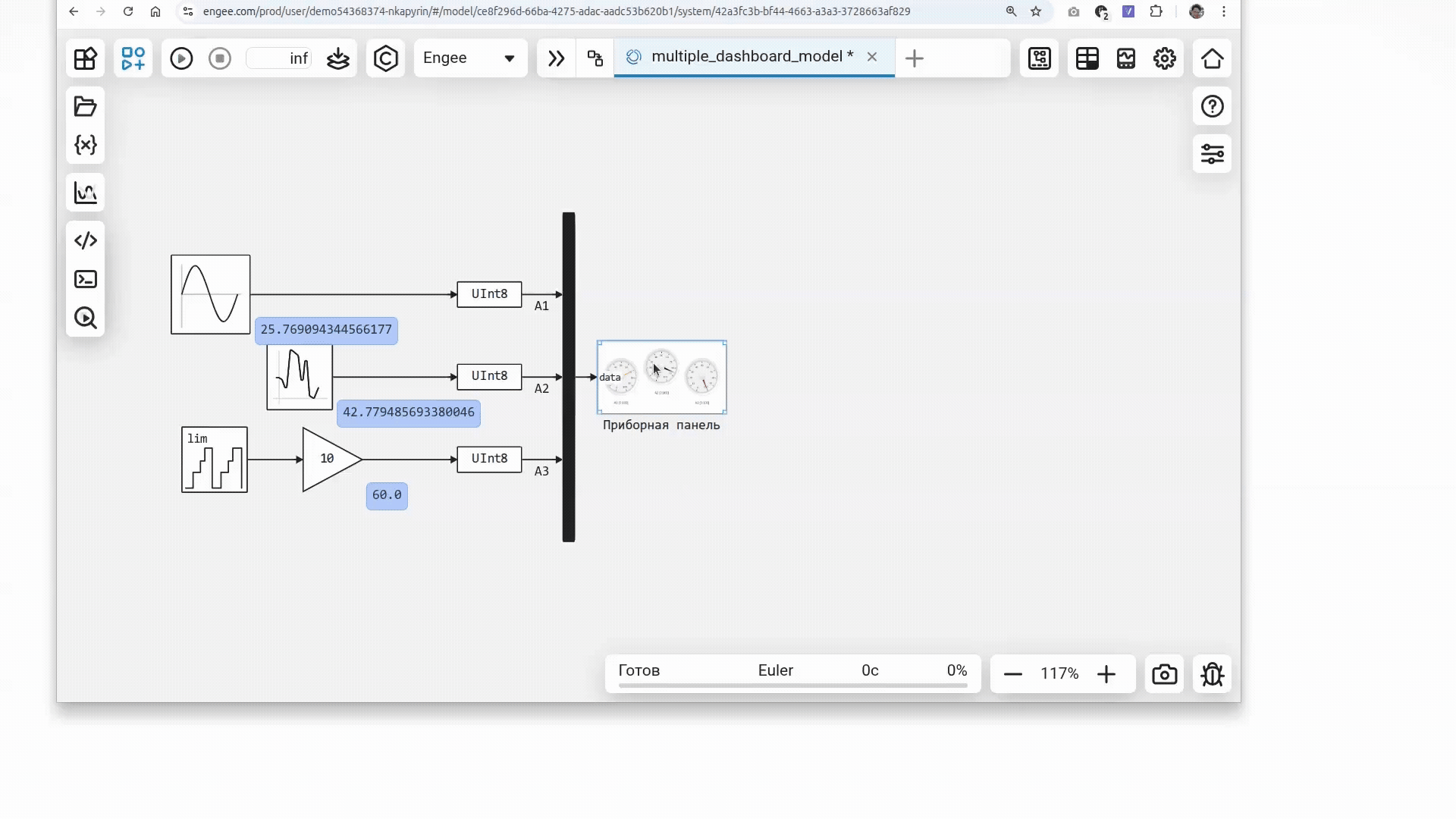
 Command line keyboard shortcuts
Command line keyboard shortcuts
Added keyboard shortcuts in the command line for keyboard control mode. We recommend that you learn more about the features of the "hotkeys" of the Engee command line in this section of the documentation.: Engee keyboard shortcuts.
 Mathematical Computing environment
Mathematical Computing environment
 Added support for frequency response models (FRD)
Added support for frequency response models (FRD)
Added support for dynamic system models in the form of a frequency transfer function (FRD model). You can now create, import, and analyze frequency characteristics of both SISO and MIMO systems in Engee. You can use various graphical forms to represent the dynamics of the system: AFC, LFCC, Nichols diagram and a graph of singular values. This makes it possible to use Engee to identify and verify systems based on experimental data without having to build a parametric model.

 The modeling environment
The modeling environment
 A new programming language for creating custom physical blocks
A new programming language for creating custom physical blocks
We have created built—in language that allows you to create your own physical components, just like in Simscape. Engineers can now describe their effects, formulas, and equations directly in code and turn them into blocky Engee elements. This means that you can simulate any process, even if there are no such blocks in the library yet — from hydraulics to electrics.
The new language combines the power of symbolic calculations and the flexibility of programming. Engee* becomes the first Russian platform where users can create their own physical worlds without restrictions and without compiling external libraries. And the first example of creating your own physical component is already ready.: Creating our own physical component, the Resistor

 Text output at any location of the block mask
Text output at any location of the block mask
We gave the user the opportunity to specify exactly where to output the text in the block mask. You can set text coordinates and alignment using special arguments in a callback command like engee.show.

 Changing column widths in tables
Changing column widths in tables
Added the ability to change the column widths in tables of some modeling environment tools: symbols of Finite automata, module physical variables, in the list breakpoints.
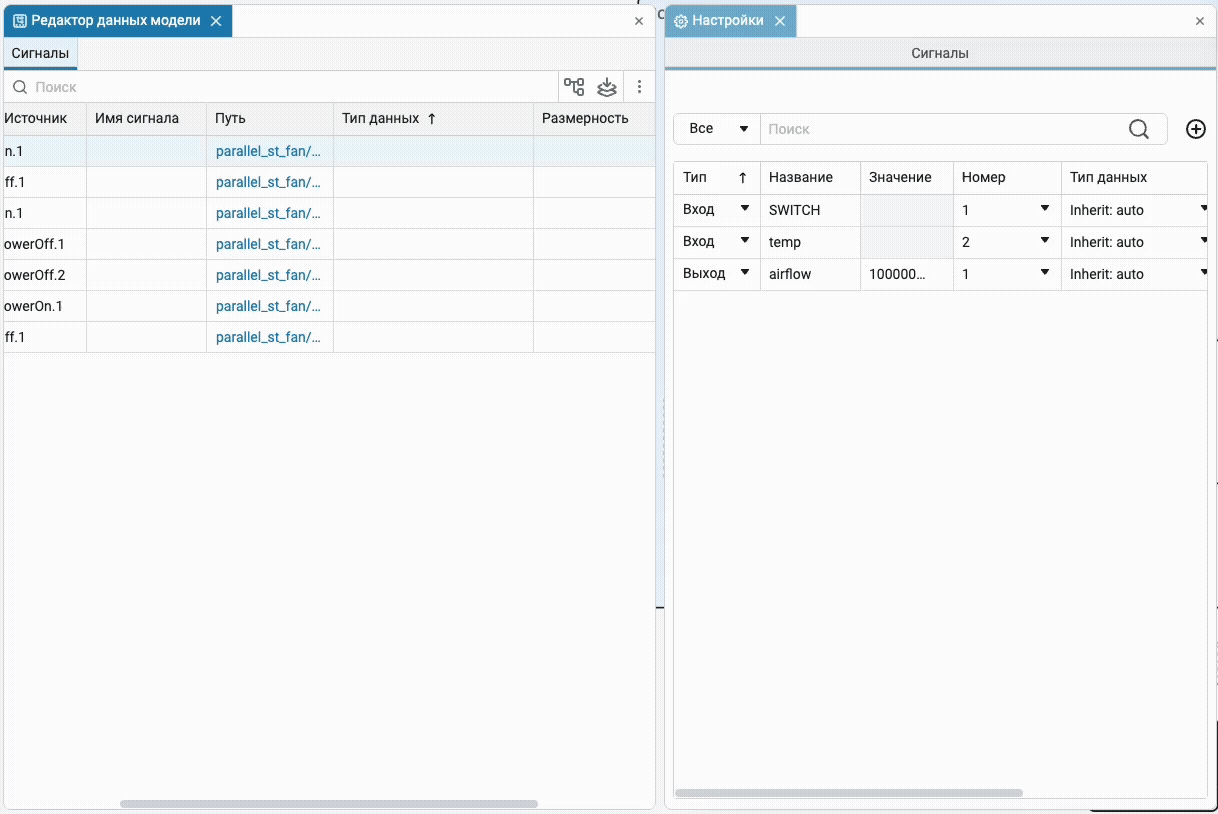
 Support for 128-bit data types in the C Function block
Support for 128-bit data types in the C Function block
Expanded support for data types in the block C Function and we added two additional types to the selection menu.: int128 and uint128.

 Software control extension for buses
Software control extension for buses
Now the commands get_param and set_param support more parameters for blocks Bus Creator and Bus Selector. A parameter has been added to the Bus Creator block.:
-
Inputs — the number of input ports.
And the Bus Selector block has the following parameters:
-
InputSignals — elements in the bus (array of strings);
-
OutputSignals — selected signals (array of strings).
This allows you to flexibly control the structure of the tires and their signals from scripts — including adding, renaming, and selecting elements — without manually editing the model.

 A new stage in the diagnosis of the model
A new stage in the diagnosis of the model
Added another stage in the window model diagnostics  to more accurately estimate the time of its execution, the simulation is being prepared. Now there should be no serious discrepancies between the actual execution time of the models and that recorded in the diagnostics.
to more accurately estimate the time of its execution, the simulation is being prepared. Now there should be no serious discrepancies between the actual execution time of the models and that recorded in the diagnostics.

 Creating a duplicate of the input port using software control
Creating a duplicate of the input port using software control
Added an option for software control that creates a duplicate of the input port (not to be confused with a copy). Using the argument duplicate = true with the team engee.copy_block duplicates the input port block in the subsystem, assigning the target block the same port number as the source block. Duplicating the input port block allows you to fork the signal from the input port without creating a new port or adding new signals.
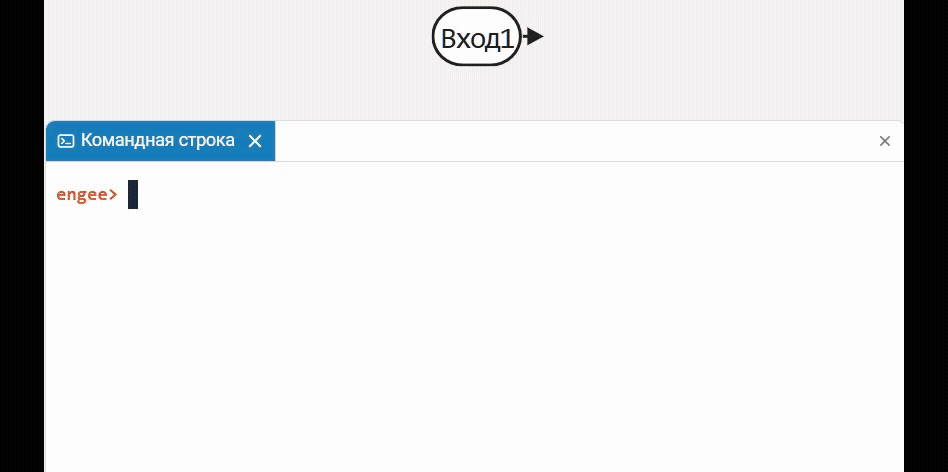
 New blocks and updates
New blocks and updates
Mechanical
Thermal Liquid
Isothermal Liquid
Spool Edge with Notches (IL) |
|
|---|---|
Spool Edge with Notches with Moving Body (IL) |
Electrical
Aerospace
Mixed-Signal
Control Systems
 Library updates and fixes
Library updates and fixes
Communication systems
System objects:
-
gpsWaveformGenerator
Functions:
-
wgn
Signal processing
Functions:
-
pspectrum
-
zadoffChuSeq
-
sosfilt
-
grpdelay
-
rinexread
-
ommread
-
semread
-
tleread
-
yumaread
-
wgn
-
islinphase
-
sos2tf
-
tf2ss
-
tf2zp
-
tf2sos
-
zp2sos
-
zp2tf
-
impzlength
-
poly2rc
-
zp2ctf
-
impz
-
tf2zpk
-
ctf2zp
-
convmtx
-
corrcoef
-
cov
-
invfreqz
-
rc2poly
-
corrmtx
-
deconv
-
prony
-
sgolay
-
xcov
-
rc2is
-
rc2lar
Management systems
Functions:
 Code generation
Code generation
 Support for 128-bit data types in the C Function block
Support for 128-bit data types in the C Function block
128-bit integer data types are now supported in the C Function block. This is especially useful for verification of the code generated by Verilog, which may contain types of this length. The GNU/Clang extension is used to generate the C code. int128_t/uint128_t.
 Hardware support, interfaces, and external integrations
Hardware support, interfaces, and external integrations
 Updates and fixes in the Hardware block library
Updates and fixes in the Hardware block library
We regularly update and improve the blocks in the category "Hardware". Install an up-to-date support package to enjoy the latest features: Engee.Integrations.
 Running models on rhythm
Running models on rhythm
 Software control for changing model settings from the RHYTHM panel
Software control for changing model settings from the RHYTHM panel
Now it is possible through software control (using commands engee.set_param!/engee.get_param) get access to all model settings, including model settings from the RHYTHM panel. For example, you can disable the overflow detection of the calculation step (the program name of the setting ritmDetectOverruns) by a team: engee.set_param!(engee.gcm(),"ritmDetectOverruns"⇒false). This allows you to create more flexible scripts and automation scenarios using software control for RHYTHM.
 Documentation
Documentation

-
According to the language of physical modeling Engee:
-
According to the Engee subsystem.Integrations:
-
And also:



















